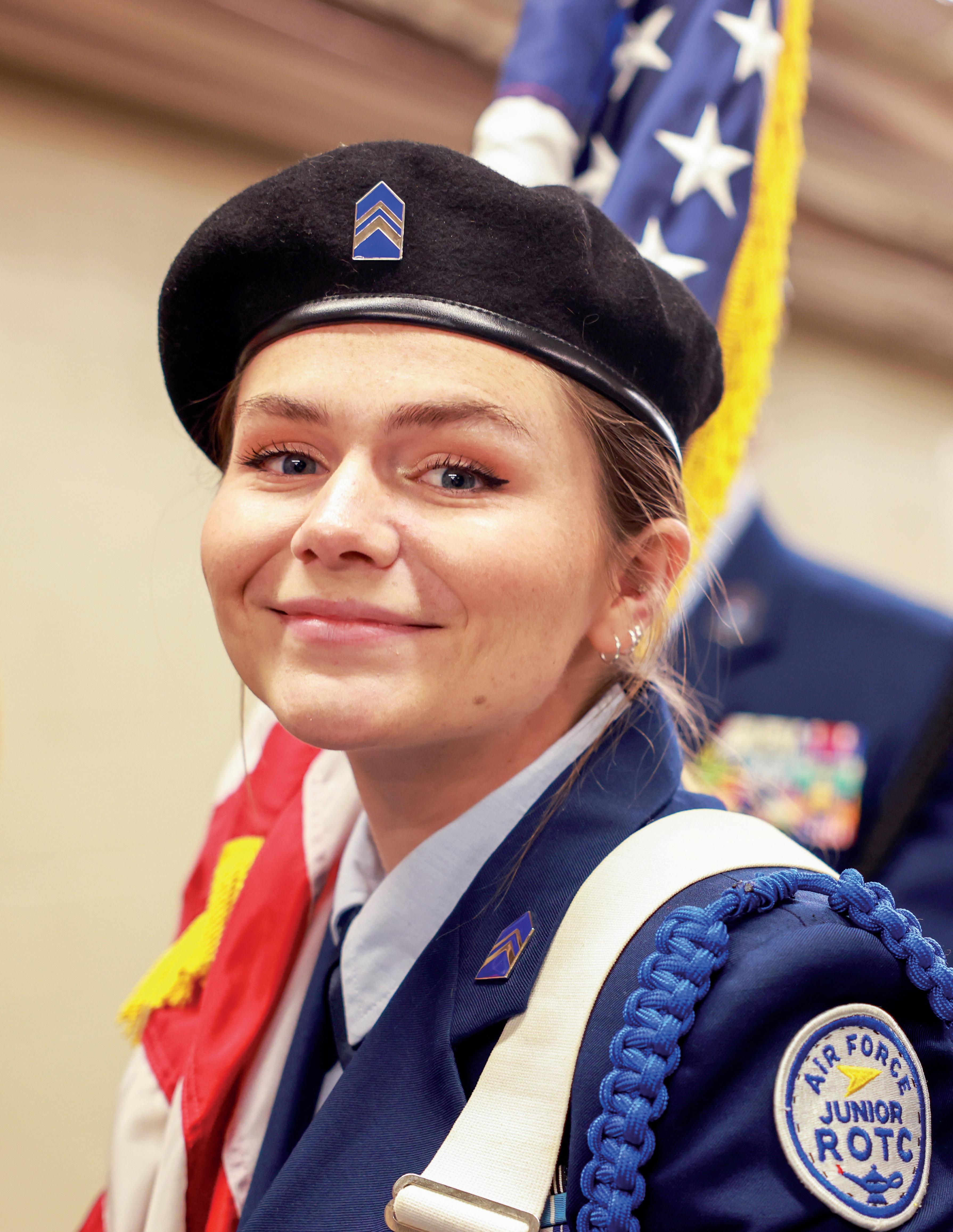










Empowering students to build their futures.
Inspiring minds, engaging hearts and shaping futures.
We are committed to providing an intentional, relationship-based culture



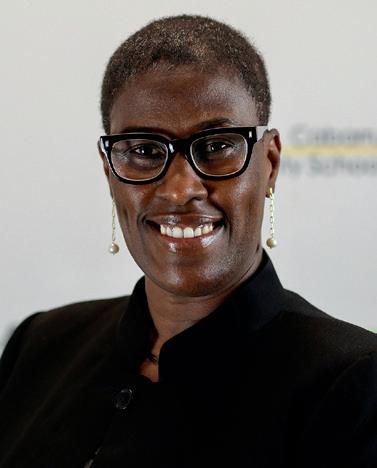
We are committed to valuing the whole student and ensuring every student is welcomed and supported.
We are committed to providing access, resources, and opportunity to all students.
We are committed to providing a futuredriven educational experience to prepare each graduate the skills and confidence to change the world.
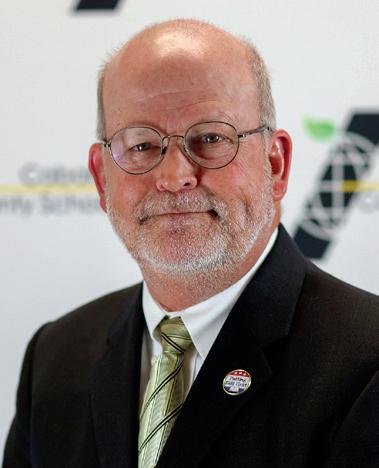
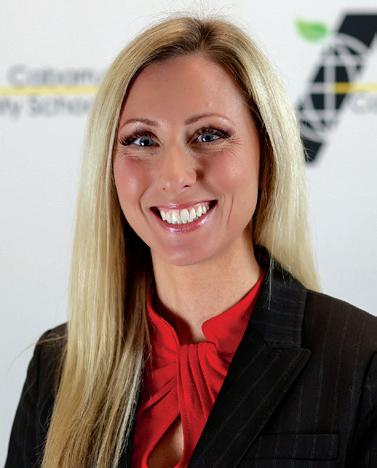
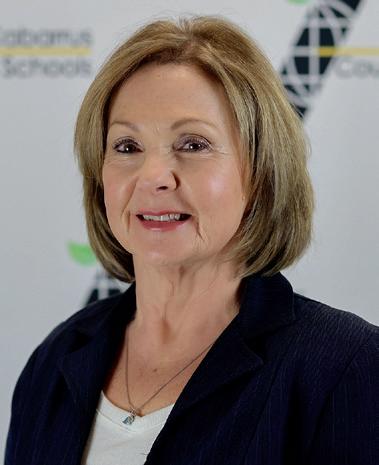 Denise Adcock
Keshia Sandidge
Laura Blackwell Lindsey
Rob Walter
Sam Treadaway
Tim Furr
Pamela Escobar
Denise Adcock
Keshia Sandidge
Laura Blackwell Lindsey
Rob Walter
Sam Treadaway
Tim Furr
Pamela Escobar
At the onset of my tenure as Superintendent, I expressed the importance of connection with those we serve. Our personal families and our professional ones require an ongoing effort to build trust, nurture relationships, and make the most of every opportunity to make a difference in each other’s lives. How we use our time is an important part of that, and the work we conduct to serve our students is an investment in the future of Cabarrus County.
While we have endured some challenges over the past few years, I believe we are now ready to embark upon a new and exciting chapter for Cabarrus County Schools. We have a district that can be a national model, setting the standard in education by offering equitable access, opportunities, resources, and support that enables ALL students to live up to their full potential. Innovation and creativity are essential to the work we do with our students, and we must continue to ensure that every child can find a path to success.
We are proud to offer a variety of instructional programs for our students. The numerous choices and pathways offered by our school system are a point of pride, and a demonstration of the commitment from our team of educators who work diligently to prepare our children for a bright future.
With the insights of our stakeholders, including our business and faith community, parents, employees, and students, we believe this plan provides direction and focus for our future efforts. Our past accomplishments offer us an opportunity to build on a foundation of success. DESTINATION 2025: Championing ALL Students. Each Child. Each Day, is focused on keeping students at the center of the work we do each day. Our priorities are clearly defined and upon review, you’ll find we have determined clear ways in which we will monitor our progress and measure our success.
We remain committed to providing each child, each day, a worldclass education to prepare them to change the world. Let’s commit to being champions for ALL students as we embark on DESTINATION 2025.
John J. Kopicki | Superintendent

Cabarrus County Schools is comprised of a dedicated and talented staff of educators, administrators, and support personnel:
Our school system promotes a “Students First” culture with a focus on high-quality instruction tailored to the needs of each student; We offer families a wide range of program choices (45) with options for all students;
The school district is committed to the safety of each student, with nurses & school resource officers in each school; and Students have access to a variety of extra-curricular activities.
We are proud of our world language offerings as early as the elementary level and our Career and Technical Education Academies focused on Tourism and Hospitality, Financial Technology, Health Sciences, Aviation and Aerospace, and more. Supporting students and advocating for each child is a collective effort.
Our educators are dedicated to delivering learning experiences that are tailored to meet the needs of each student. Our workforce of committed educators includes 81% of teachers with five or more years of experience and 33% of our teachers holding Advanced Degrees.
We take pride in preparing our students for college, career, or the military. In addition to the traditional high school course offerings, we offer students the opportunity to earn college credit by successfully completing Advanced Placement courses. 47% of high school students earned college credit in 2020-21. The class of 2022 earned $20,900,910 in scholarships. 98% of graduates attend a 2- or 4-year college, go straight into the workforce, or join the military. In Cabarrus County Schools, we employ a staff who is committed to life-long learning. We are CHAMPIONS FOR ALL STUDENTS!
Of 115 districts in the North Carolina Public School System, Cabarrus County Schools has improved its rank from 35th in 2017-18 to 12th in 2021-22, placing the school system in the top ten percent of districts in the state.
of CCS teachers have five or more years of experience.
Degrees.
of CCS graduates attend a 2- or 4-year college, go straight into the workforce, or join the military.
Dr. John Kopicki engaged in eight months of discovery to gather feedback and solicit input from a variety of stakeholders. The perspectives and insights gathered as a result of these efforts served as a key foundation to the development of DESTINATION 2025. During this time, three essential questions were posed to stakeholders:
What is going well in our district?



What are the areas in which we can improve?
What is your vision for our district in 3 to 5 years?
In addition, Cabarrus County Schools administered a needs assessment survey in December of 2021 and January of 2022. Parents, students, and staff member responses provided a foundation for analysis of stakeholder perspectives. Using these survey results combined with the information gathered from other stakeholder engagement efforts, district staff began to analyze these results to identify trending themes and patterns. Over 50,000 stakeholders contributed to these efforts, including students, parents, community members, and district staff.
As a result of the data, community feedback and third-party analysis, an initial strategic plan framework was shared with the Cabarrus County Board of Education at its planning session on March 5, 2022. The Superintendent then held 10 additional Community Feedback Sessions to gain input on the draft framework. Consistent feedback gathered at the sessions demonstrates there was consensus that the strategic plan framework was succinct, focused, and logical. CCS Champions and leaders were identified for each of the six strategic priority areas. Area Teams were then identified to develop key initiatives for the area objectives.




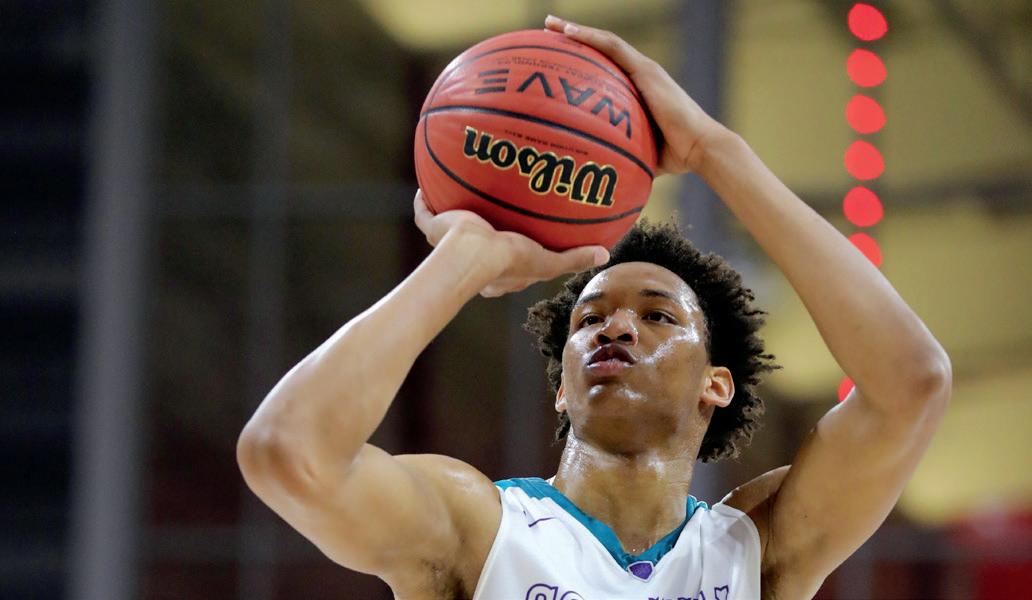
DESTINATION 2025 honors the rich history of Cabarrus County Schools and is built on the belief that establishing and maintaining an excellent school system requires a commitment to continuous improvement. Providing the highest quality learning experiences for all learners will require an expectation of excellence. Each member of our community has an opportunity to be a merchant of hope and positively contribute to the future of our students. As Champions For ALL, we can make an investment in our community that pays dividends for generations to come.
Our plan will support our efforts to: Attend to the social, emotional and mental needs of all students; Ensure safety protocols are routinely updated and effective; Personalize learning for students, increase precision of instruction, and engage students, parents and caregivers; Recruit and retain quality staff members; Provide access to high quality early learning to prepare students in their K-12 education journey; Transform student learning through the selection of high quality digital learning resources; and, Communicate with all stakeholders in a routine and transparent fashion.



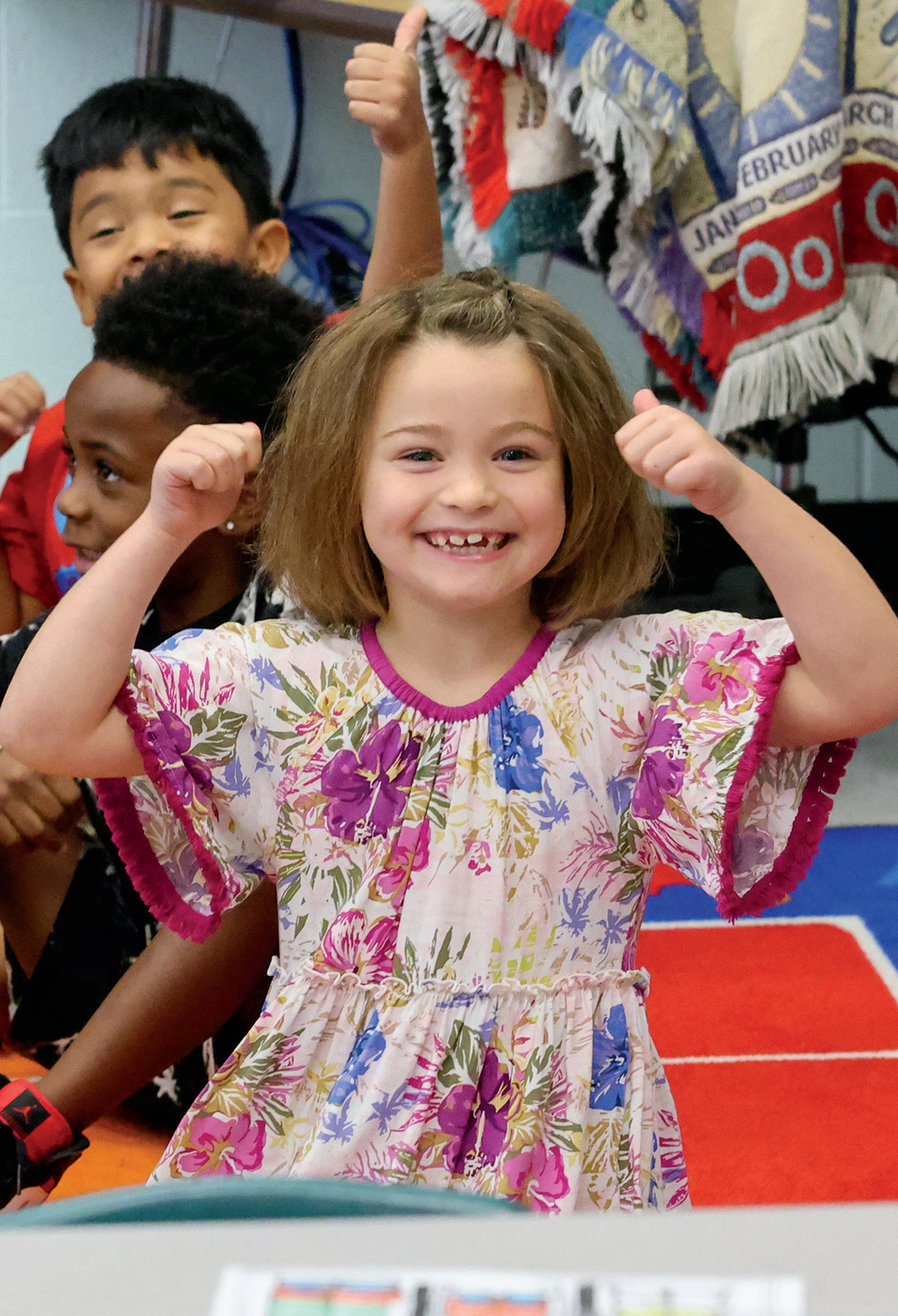
Attend to the social, emotional, and mental health needs of all students.
OBJECTIVE 1: Include student wellness measures that are aligned to school improvement plans, with structures for monitoring progress during the school year. Define a student wellness goal in all School Improvement Plans. Implement the Positivity Project (P2) program and determine baseline student wellness to measure goal effectiveness. Incorporate student wellness data into quarterly school team data digs.
OBJECTIVE 2: Allocate resources and align with the vision for student wellness.
Provide student wellness instructional resources and parent supplemental materials prior to the beginning of the school year. Implement a sustainable budget for the purchase of student wellness resources. Develop a strategic expansion budget to add Student Instructional Support Personnel.
OBJECTIVE 3: Implement the student wellness plan with a character development component that promotes a culture of kindness, caring, and belonging where students feel trusted and respected.
Train administrators, teachers, and instructional support staff on our core student wellness program, the Positivity Project.
Design a classroom walk-through tool to evaluate student wellness instruction and fidelity.
Ensure the Mental Health (SHLT-003) and Student Wellness Plan are implemented and revised annually in compliance with state mandates.
OBJECTIVE 4: Provide information to students and families about student wellness.
Provide parents and community with student wellness curriculum information weekly using digital tools; i.e. Social Media, Website, Connect Ed, etc. Develop a plan for communicating student wellness progress throughout the school year.
OBJECTIVE 5: Implement a comprehensive Multi-Tiered System of Support (MTSS) for supporting and responding to the wellness needs of our students.
Define how student wellness is a part of the MTSS Framework for all stakeholders.
Develop a plan for collecting and analyzing student wellness data for tiered interventions. Develop a plan to implement Restorative Practices to address subgroup discipline disproportionality.

Employ a growth model continuum for students. Data analytics, planning, and evidence of learning operate in a feedback loop. CCS will personalize learning for students, increase precision of instruction, and engage students, parents and caregivers.
OBJECTIVE 1: Nurture the culture of high expectations with each student having access to rigorous core instruction as the norm regardless of race, ethnicity, ability, gender, socioeconomics, or other marginalized groups.
Provide high quality professional development around the science of reading, professional learning communities, and lesson study.
Define key look-fors of high-quality teaching and learning.
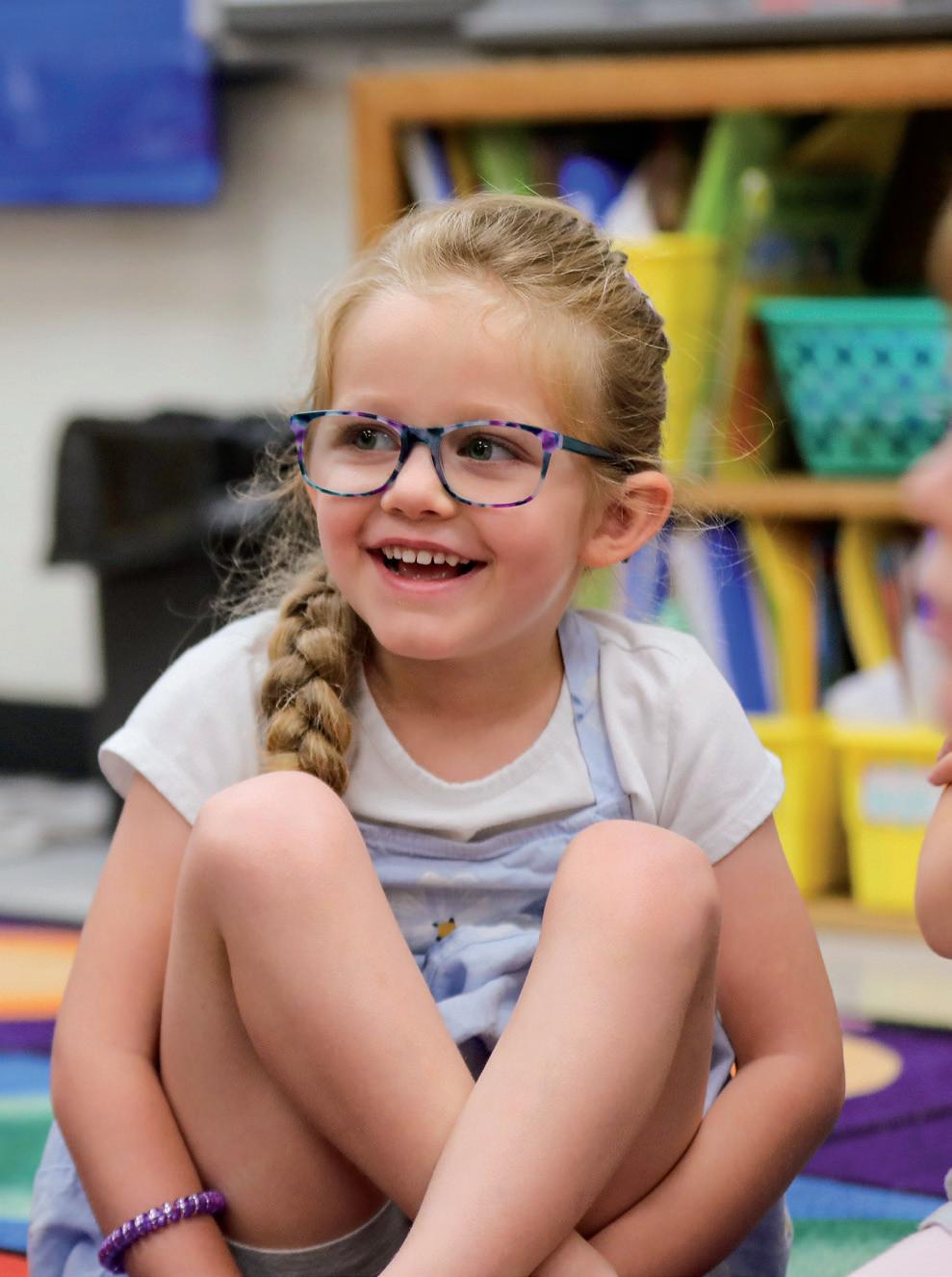
Develop and implement a district-walkthrough tool.
Collect and determine existing practices that increase access to advanced academic opportunities for all students.
Provide professional development on a continuous cycle of school improvement.
OBJECTIVE 2: Close gaps in achievement, ensuring access for all students.
Develop an assessment system that informs instruction and monitors student mastery of reading and math standards.
OBJECTIVE 3: Identify opportunities for improvement with educators analyzing data programatically, racially, and socioeconomically.
Provide professional development and coaching support on data disaggregation protocols that look at multiple metrics to support individual student growth and subgroup proficiency in reading and math.
Implement quarterly school cohort data meetings to evaluate student growth in reading and math using multiple data sources (benchmarks, behavior, student wellness, and classroom walkthrough data).
Provide professional development and resources on student-centered assessments and goal setting to allow students to be engaged and co-authors in their learning journey.






Evaluate Program Choice and CTE to evaluate pathways and access as it relates to equity and access for all students across the district. Implement action steps to address disproportionality related to exceptional children’s subgroup.
Create varied pathways for intervention and/ or acceleration of student learning based on personalized and individual learning plans that are equitable and inclusive.

“
“ Working for Cabarrus County Schools is truly just working with family. The atmosphere of our school district is supportive, encouraging, and innovative. We are all connected and invested in the interest of the students that we serve by supporting their social, emotional, and academic well-being. CCS has been my home since 2007 and has provided me with many opportunities to flourish as an educator. CCS is truly the place to be! ”
Angie McClain 2022-23 Teacher of the
Year
Cabarrus County Schools has encouraged and supported me as I moved from a student, to a classroom teacher, to Lead Teacher, to Assistant Principal, and now as a Principal at Concord Middle School. Our county may be one of the larger counties in NC but it has not lost the “small town” feel when it comes to the supportive relationships that you will encounter in each building across our district. ”
Tonya Williams2022-23 CCS Principal of the Year
Continue to build a culturally diverse talent pipeline which is essential for student leadership potential and growth.
OBJECTIVE 1: Foster innovative recruitment, retention, and mentorship policies and strategies to attract and develop a diverse talent pipeline, drawing from both internal and external candidate pools. Review data from 2021-22 hiring season to determine diversity and areas for growth; develop a priority list of areas in which to grow. Implement a tiered beginning teacher mentorship support program based on school and teacher needs.
Begin the first group of the revised Teacher Leader Cohort to include targeted leadership realms. Seek feedback from employees to develop a retention plan aligned to strategic goals.
OBJECTIVE 2: Ensure job postings and interview protocols have been systematized to support the vision and goals.
Review and revise current job descriptions and screening interview protocols to ensure alignment with district strategic plan and goals. Develop a district profile document based on current and projected data about the district and community.
OBJECTIVE 3: Support continual growth by monitoring data, collecting feedback from staff, and intentionally developing professional learning designed to create a culture of belonging.
Review current data collection methods to determine alignment to the strategic goals.
Prioritize strengths and areas for growth in data collection methods.
Review current professional development to determine alignment to strategic goals.
OBJECTIVE 4: Collaborate with local universities and institutions on articulated goals and strategies for educator talent, eliminating barriers for all potential educators.
Review current partnerships to determine alignment to strategic goals, including diversity initiatives, and faculty effectiveness and retention.
Initiate conversations with potential partners, particularly those who can assist in diversifying the talent pool, based on the review of partnerships and research.

Provide access to high quality early learning to prepare students in their K-12 educational journey. Early learning standards will be part of the overall district curriculum plan and are closely articulated in the K-12 system.
OBJECTIVE 1: Support and work with early learning program providers in the community and engage in extensive outreach with caregivers on the importance of early learning on lifetime learning ability. Build from the existing partnerships and advisory boards that exist within the community.
Partner with Cabarrus County to align strategic planning goals to cast a vision for the future of early childhood education in Cabarrus County Schools.
Document outreach activities to provide a comprehensive outreach plan, systematically.
OBJECTIVE 2: Provide Professional Learning for all programs, public and/or private that support quality and continuous improvement of early students.
Build partnerships and provide training for a variety of stakeholders throughout the community.
Document the multiple educational programs and training opportunities in a systematic way.
Provide professional development on the early learning assessment platform, play-based learning, and science of reading research.
OBJECTIVE 3: Assess both early students’ progress and program effectiveness ongoing.
Include early learning on the CCS 2022- 23 legislative agenda.
Advocate in all forums for the need to expand and prioritize early learning funding and to expand opportunities for early childhood education across the district.
Pilot a play-based model of instruction for kindergarten to provide support with high quality learning experiences for all students based on early learning standards.
Implement the North Carolina Early Learning Inventory Report as the kindergarten parent report card communication tool for the 2022-23 school year to support with the prioritization of early learning standards.
Build upon the comprehensive prekindergarten and kindergarten standards and curriculum.

Transform student learning through the selection of high-quality digital learning resources aligned with standards to assist our teachers in creating authentic learning experiences.
OBJECTIVE 1: Provide effective, aligned digital resources for teachers and students.
Conduct a comprehensive review of district digital learning resources to analyze utilization, strengths, and weaknesses.
OBJECTIVE 3: Maintain a comprehensive implementation plan for building, evaluating, and sustaining technology infrastructure to support learning and provide technical support.
Develop a plan to research, test, and pilot digital tools and resources based on the comprehensive review.
OBJECTIVE 2: Provide professional learning on the use of digital tools to ensure all educators have capacity and propensity to use digital tools appropriately.
Conduct needs assessment based on NC Digital Learning Standards to determine focus for staff professional development.
Develop a teacher coaching model led by school-based Instructional Technology Facilitators to develop district and school-based support plans to ensure all teachers have skills needed to deliver technology-rich learning experiences for students.
Provide ongoing teacher and staff professional learning on use of digital tools and resources.
Research external options for review and audit of technology infrastructure.
Design a phased system for replacement and upgrade of hardware and software systems; communicate standardization procedures.
Continue phased replacement and upgrades of hardware and software systems.
Develop processes and procedures to ensure standardization of installation and maintenance of technology devices and infrastructure.
OBJECTIVE 4: Ensure equitable access to reliable internet connectivity, digital devices, and systems to support learning for all students.
Research affordable and reliable internet options for CCS students and families.
Research and test student devices that support 21st Century technology-enhanced learning.
Develop and implement a plan to provide student devices that support 21st Century technology-enhanced learning.

Engage families, communities, and business leaders with educators ensuring access to a robust, multi-tiered system of support for children, and ensuring that the community is actively engaged and invested in future-driven education.
OBJECTIVE 1: Engage in authentic family and community partnerships, so families and community members recognize the school as a hub of learning that includes diverse voices and multiple perspectives.
Establish goals and objectives to expand community partners and programs in order to increase student and family access to Cabarrus County community assets.
OBJECTIVE 3: Include community partners in working teams focused on specific issues identified in the needs and assets assessments.

Partner with the Chamber of Commerce on leadership opportunities in the community. Support board committee meetings (Student and Community Engagement and Literature and Supplemental Review).
Investigate potential community partnership opportunities to design schools as community hubs of activity.
Evaluate current communication practices so parents/ guardians have access to information as needed.
OBJECTIVE 2: Incorporate the assets and needs of school, family, and community in district and school improvement plans, conducting assessments of the school, students, families, and neighboring community regularly.
Conduct annual CCS Engagement and Satisfaction survey; use data for district and school continual improvement.
Implement Superintendent Community Connection Focus Groups.
Implement Parent-Community meetings to share information and solicit feedback.

Destination 2025 is our road map to the future for the students and families of Cabarrus County Schools. We are thankful for the many voices who have contributed to this strategic plan and in doing so have shown their commitment to be a part of our journey.

Stakeholder input, planning and design are evident in Destination 2025, which includes:
A renewed vision for student success
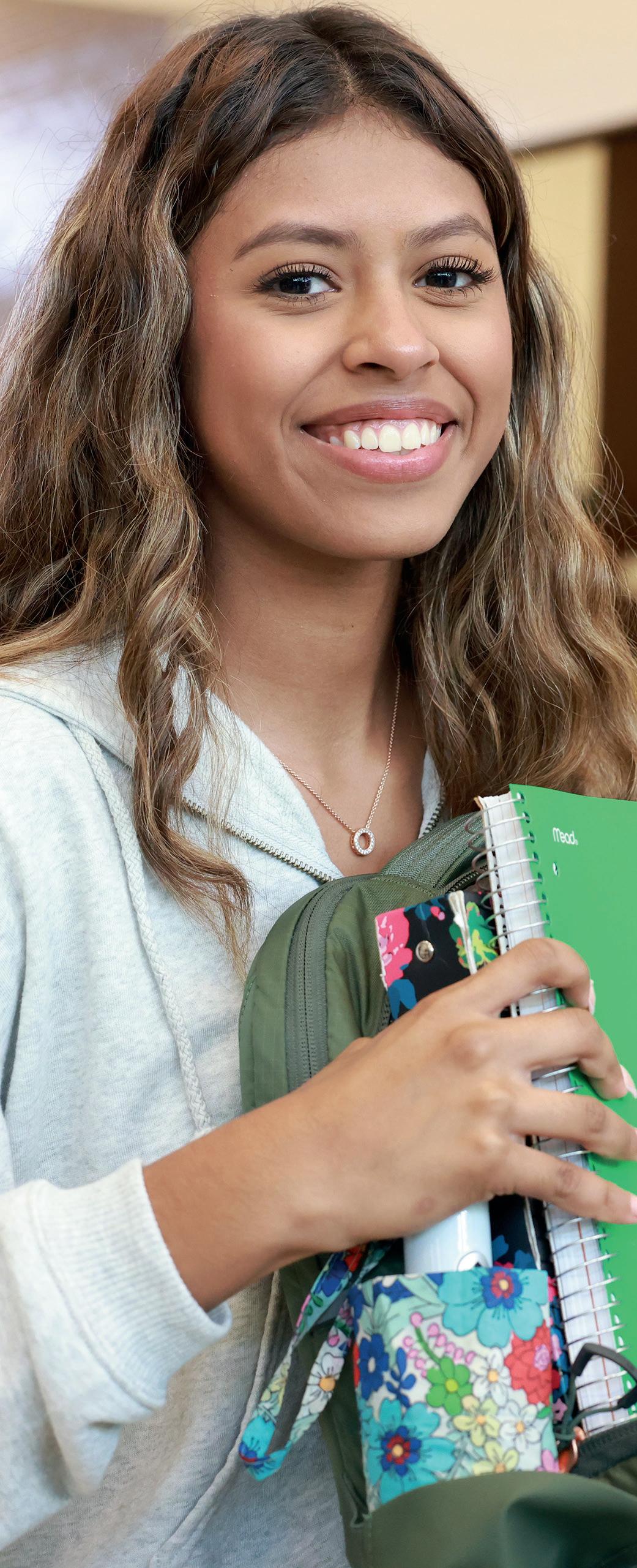
A framework for academic and departmental goals and objectives
An expectation of excellence for students and staff
A commitment to community engagement
Measurable outcomes
We look forward to our journey together as we set a course for Destination 2025.
